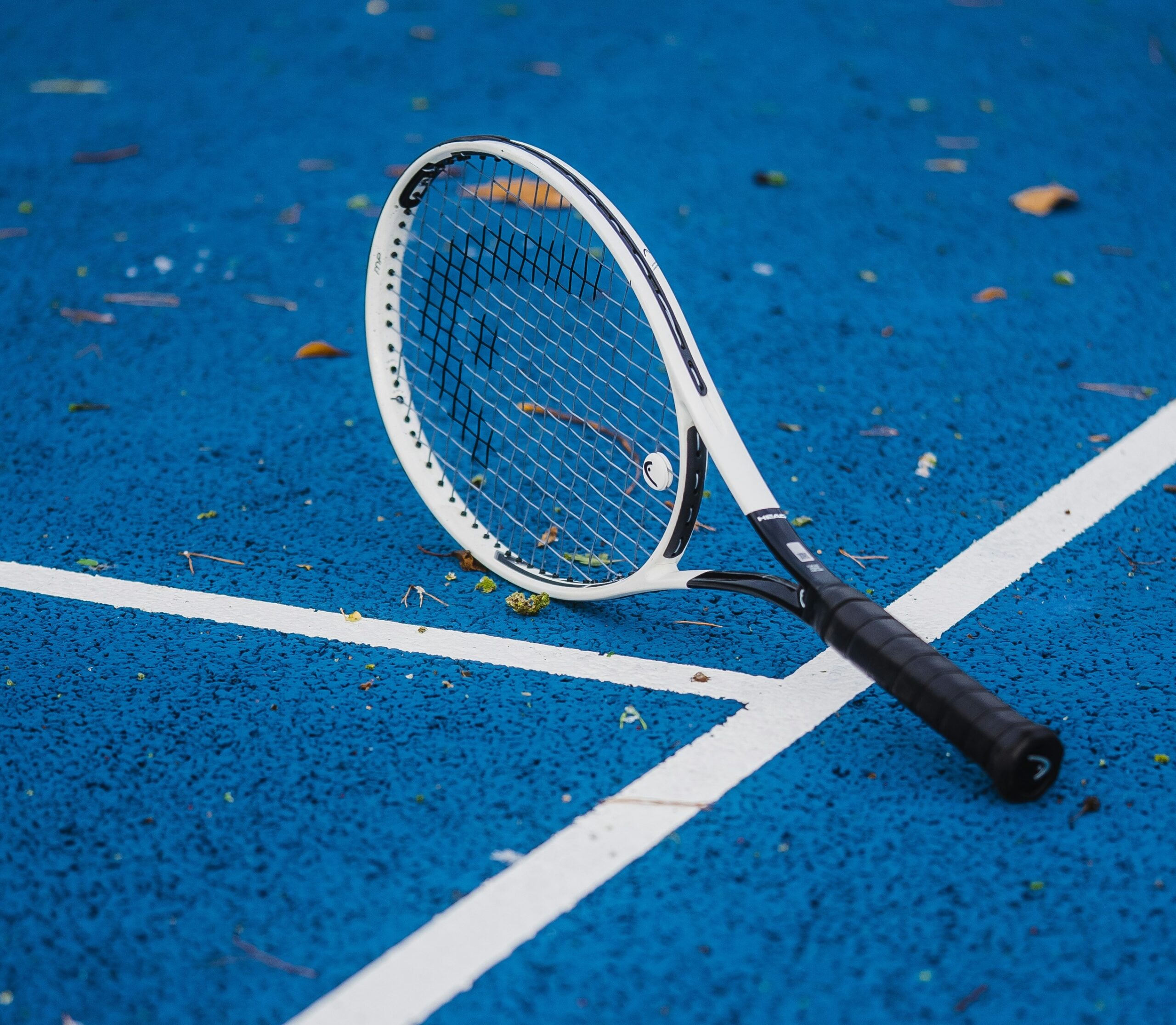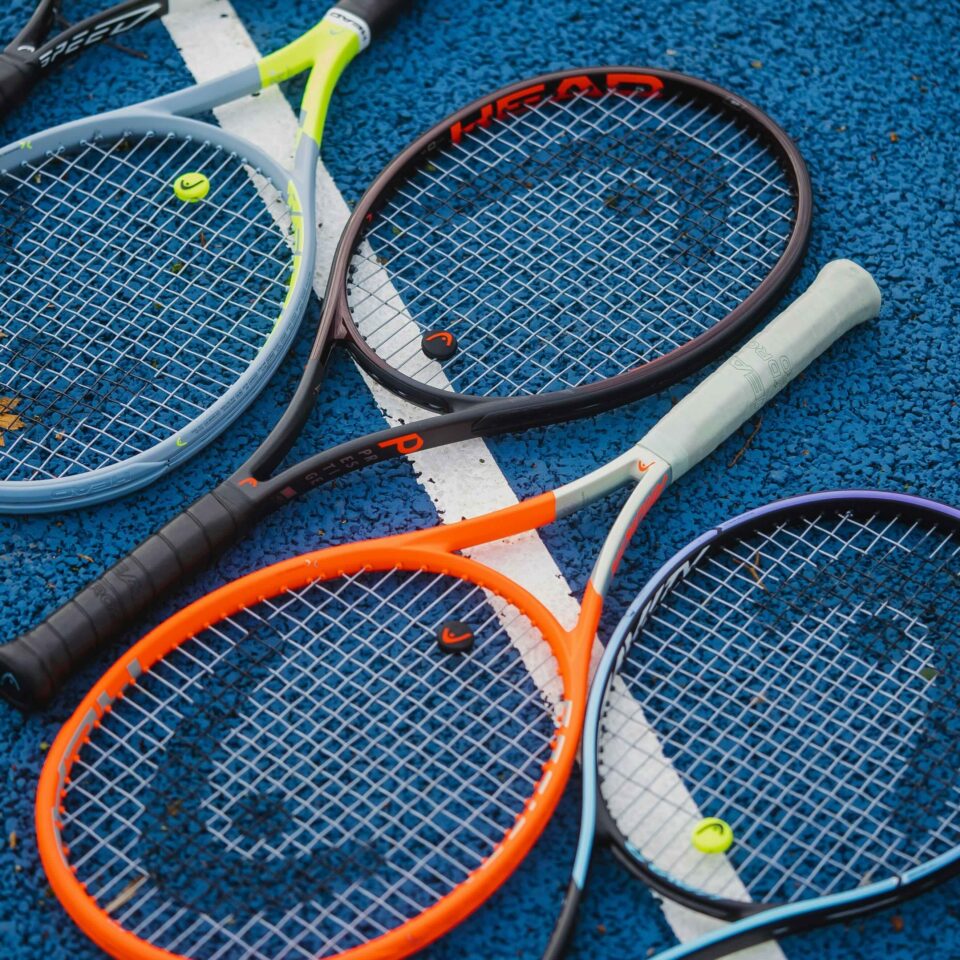Not sure what tennis racket to buy? Here’s a quick guide to help you understand what all the differences between rackets will mean for your playing style.
Buying a new tennis racket is always fun. You get to choose from different well-known brands, eye-catching designs, and models your favorite pros use. But, there is more than what meets the eye when choosing the right racket. Your tennis racket will act as an extension of your body whenever you come to the court (and they don’t come cheap) so choosing your racket is a big decision.
To help you narrow down your options based on your playing style and skill level, here’s a quick guide to the major factors you should pay attention to when racket shopping.
1. Get to know yourself on the court
If you’re a beginner, it’s a good idea to spend some time on the court before buying your own racket, whether that means renting a racket or borrowing one during your first few sessions. This will help you get a better sense of your playing style, so you can choose a racket based on how you play.
Once you start developing your game, the next step is to ask yourself the important question — what do I need from my tennis racket? Am I looking for more power? Do I need a racket that will help me control my shots better? Am I lacking stability or speed in my swing?
Only court time can give you a better insight into what you need from a racket, and from there, you’ll be better equipped to buy a racket that will actually improve your game!
2. Understand the numbers
Once you have a clearer understanding of what you need as a player, you can start to explore the specifications of each racket. Here are some of the most important factors to consider when comparing tennis rackets.

Head size. Racket heads normally come in midsize (less than 106 square inches) or oversize (106 square inches or more). As the racket head size increases, so does power, and you also get a bigger sweet spot, which is ideal for beginners who need a higher margin for error. On the other hand, a smaller head size will generate less power and will have a smaller sweet spot, but will allow for more control and maneuverability, which is ideal for more experienced or intermediate players.
Weight. The weight of your tennis racket will affect how you play. Lighter rackets (usually around 9 to 10 oz) generate less power and sacrifice some stability, but they will be easier to maneuver, swing, and generate spin. Consequently, heavier rackets (which weigh around 11 to 12 oz) might not be as easy to maneuver, but they offer more powerful shots and more stability in your swing.
Balance. A racket’s balance is based on the weight distribution — is the racket head-light, head-heavy, or equally balanced? A racket that has a lighter head is easier to maneuver, though it sacrifices power, while a racket that has a heavier head increases stability and power, but sacrifices maneuverability. A racket that is evenly balanced offers a little bit of both.
Length. A racket’s length is another important factor to consider. A shorter racket will typically be lighter and therefore, offer more speed but less stability. On the other hand, a longer racket can help drive more power with its additional weight. A standard-sized racket (usually around 27 inches) will have good stability and easier maneuverability.
These are a few of the major factors to consider when checking out different rackets.
3. Stringing your racket
Deciding how you want to string your racket is just as important as choosing which racket to buy. While all tennis rackets have a recommended tension level for stringing, the ideal tension will also depend on the player’s needs as well.
A lower string tension means that the strings will have more flexibility, which can contribute to power. However, higher tension offers a player more control over the ball, but will require the player to generate more power in other ways.
We know, there are a lot of factors to consider when buying a tennis racket. So don’t be afraid to take your time and ask for help! Though the right racket can be a game-changer, at the end of the day, it’s what you do with it that will make the biggest difference.
Images from Chino Rocha on Unsplash.
Related stories:
3 Essentials that Alex Eala Always Brings to the Court
5 Lessons Every Athlete Can Learn From Tennis King Novak Djokovic
Tennis Court Hunt: Here Are Five Places to Play in Manila
